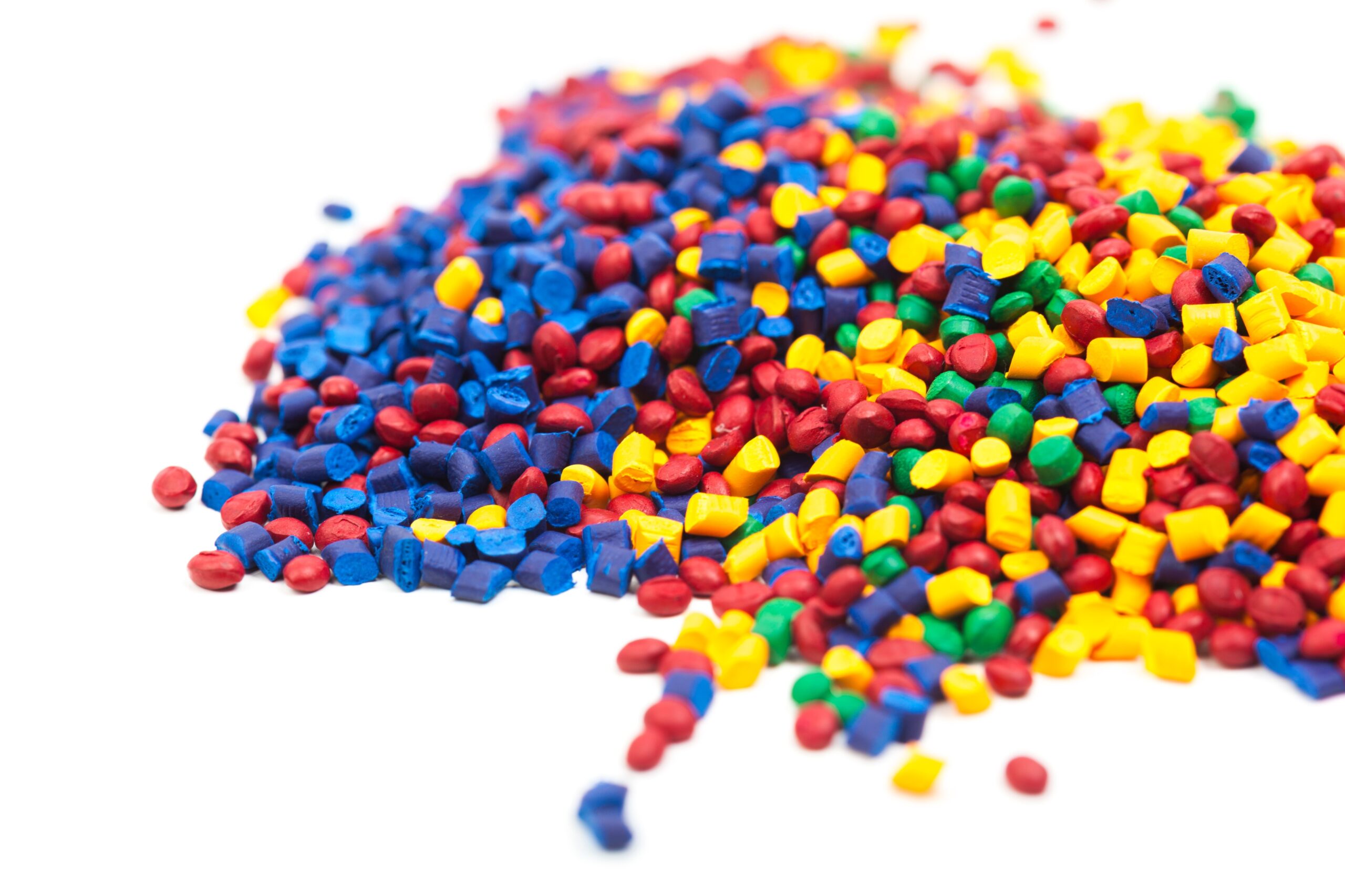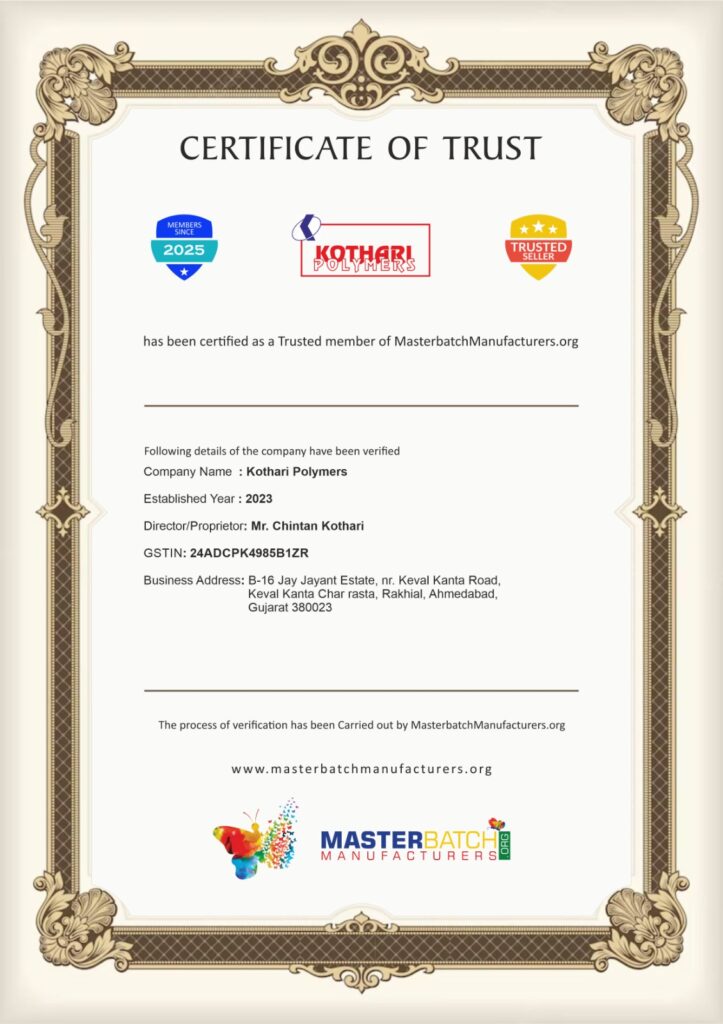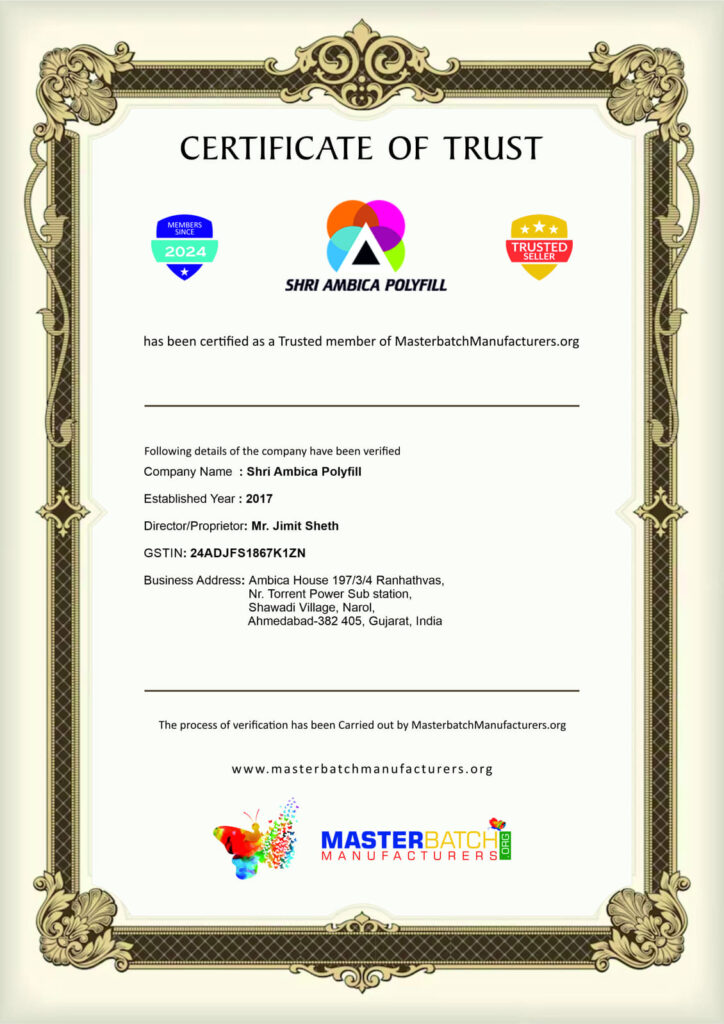Masterbatch for Rubber Toys: Everything You Need to Know & Rubber Masterbatch Manufacturers
Introduction
What exactly is rubber masterbatch, and why is it crucial in the production of rubber toys? Well, let’s dive into the world of masterbatch and discover its significance. Masterbatch is a concentrated mixture of pigments and additives encapsulated during a heat process into a carrier resin, which is then cooled and cut into a granular shape. This mixture is essential in the manufacturing masterbatch for rubber toys, providing vibrant colors and enhanced properties that make toys more appealing and durable.
Types of Masterbatch
Color Masterbatch
Color masterbatch is designed to impart specific colors to rubber toys. It ensures uniform and consistent color distribution, enhancing the visual appeal of the toys.
Additive Masterbatch
Additive masterbatch incorporates various additives to improve the performance of rubber toys. These additives can include UV stabilizers, antioxidants, flame retardants, and more, each serving a specific function to enhance the toy’s properties.
Filler Masterbatch
Filler masterbatch contains fillers like calcium carbonate, which can reduce the cost of production and improve the physical properties of rubber toys. It is often used to achieve a balance between quality and cost-effectiveness.
Manufacturing Process of Masterbatch
Raw Materials
The production of masterbatch starts with selecting high-quality raw materials, including pigments, additives, and carrier resins.
Production Steps
- Mixing: The raw materials are mixed thoroughly to ensure a homogenous blend.
- Extrusion: The mixture is then heated and passed through an extruder, forming a continuous strand.
- Cooling: The extruded strand is cooled and solidified.
- Cutting: The solid strand is cut into small, uniform granules known as masterbatch.
Quality Control
Quality control measures are crucial at every stage of production to ensure the masterbatch meets the required standards for color consistency, performance, and safety.
Benefits of Using Masterbatch in Rubber Toys
Enhanced Color Quality
Masterbatch ensures vibrant and consistent colors, making rubber toys more attractive to consumers.
Improved Durability
Additives in the masterbatch can enhance the durability of rubber toys, making them resistant to UV light, heat, and other environmental factors.
Cost-Effectiveness
Using masterbatch can reduce production costs by incorporating fillers and reducing the amount of expensive pigments needed.
Applications of Masterbatch in Rubber Toys
Common Types of Rubber Toys
Rubber toys come in various forms, including teething toys, bath toys, and educational toys. Each type benefits from the properties provided by masterbatch.
Specific Examples
- Teething Toys: Enhanced with safe, non-toxic color masterbatch.
- Bath Toys: Made more durable and water-resistant with additive masterbatch.
- Educational Toys: Brightly colored with color masterbatch to attract children’s attention.
Environmental Impact of Masterbatch
Sustainable Practices
The production of masterbatch can incorporate sustainable practices, such as using eco-friendly pigments and additives.
Recyclability
Masterbatch can be designed to be recyclable, reducing the environmental impact of rubber toys.
Choosing the Right Masterbatch for Rubber Toys
Factors to Consider
When selecting a masterbatch, consider factors such as color requirements, additive needs, and cost constraints.
Tips for Selection
- Consult with Experts: Work with masterbatch suppliers to choose the best product for your needs.
- Test Thoroughly: Conduct tests to ensure the chosen masterbatch meets performance and safety standards.
Innovations in Masterbatch for Rubber Toys
Latest Trends
Recent trends include the development of biodegradable masterbatch and the use of natural pigments.
Technological Advancements
Advancements in technology have led to more efficient production processes and higher-quality masterbatch products.
Challenges in Masterbatch Production
Common Issues
- Color Inconsistency: Achieving uniform color can be challenging.
- Additive Compatibility: Ensuring additives do not negatively interact with each other.
Solutions and Improvements
- Advanced Mixing Techniques: Improve color consistency.
- Rigorous Testing: Ensure compatibility of additives.
Case Studies
Success Stories
Several companies have successfully integrated masterbatch into their production processes, leading to high-quality rubber toys.
Lessons Learned
These case studies provide valuable insights into overcoming production challenges and achieving optimal results.
Safety and Regulations
Compliance Standards
Masterbatch used in rubber toys must comply with safety regulations to ensure they are safe for children.
Health Implications
Using non-toxic and safe materials in masterbatch production is crucial to prevent health risks.
Future of Masterbatch in Rubber Toys
Emerging Markets
The demand for high-quality rubber toys is growing in emerging markets, driving the need for advanced masterbatch solutions.
Predictions and Forecasts
Future trends indicate a continued focus on sustainability and innovation in masterbatch production.
Comparing Masterbatch with Other Coloring Methods
Advantages
Masterbatch offers superior color consistency, improved performance, and cost savings compared to other methods.
Disadvantages
Initial setup costs for masterbatch production can be higher, and it requires specialized equipment.
Consumer Perspectives on Masterbatch in Rubber Toys
Market Demand
Consumers are increasingly seeking high-quality, safe, and visually appealing rubber toys.
Feedback and Reviews
Positive reviews highlight the enhanced color and durability of rubber toys made with masterbatch.
Conclusion
In conclusion, masterbatch plays a vital role in the production of rubber toys, offering numerous benefits such as enhanced color quality, improved durability, and cost-effectiveness. By understanding the types of masterbatch, the manufacturing process, and the factors to consider when choosing the right masterbatch, manufacturers can produce high-quality rubber toys that meet consumer demands. As the industry continues to innovate, the future of masterbatch in rubber toys looks promising.
FAQs
- What is masterbatch? Masterbatch is a concentrated mixture of pigments and additives encapsulated into a carrier resin, used to color and enhance the properties of rubber toys.
- How does masterbatch improve rubber toys? Masterbatch provides vibrant colors, improves durability, and can incorporate additives that enhance the toy’s performance.
- Is masterbatch environmentally friendly? Masterbatch can be produced using sustainable practices and can be designed to be recyclable, reducing its environmental impact.
- What should I consider when choosing a masterbatch? Consider factors such as color requirements, additive needs, cost, and consult with experts to select the best masterbatch for your needs.
- Are rubber toys made with masterbatch safe for children? Yes, provided that the masterbatch complies with safety regulations and uses non-toxic materials, making the toys safe for children.






